
I can’t stop thinking about the episode of This American Life I listened to a couple of weeks ago—one that originally aired in 2011—about middle school. The whole thing is wonderful, but if you are pressed for time, listen at least through the end of Act Two—which is spent interviewing 12- and 13-year-olds about middle school dances. For those first 20 minutes, I could not turn off the car. I was cringing, laughing, and at times feeling emotional imagining Hudson and Skyler in eight or so years.
Prompted by an email from a 14-year-old listener who wondered why TAL had never reported on the “whitewashed, brick-walled, iron-gated prison that is commonly known as middle school,” Ira Glass explains, “she wondered was it just as bad for other people as it was for them?”
Listening, it all came flooding back to me: Middle school! Oh my gosh—it’s exactly like it was and always has been. It’s absolutely so awkward. And it’s true that there’s very little that captures it. Aron and I were trying to name a show that really gets at the heart of that gawky in-between phase. We came up with parts of The Wonder Years and parts of Freaks and Geeks… and maybe a few scenes from Dazed and Confused, but middle school does get a bit passed over in favor of the high school genre.
But it struck me as kind of amazing how timeless these kids’ experiences felt. For all the talk about how ‘kids these days’ are so different, what struck me was how these ones were so the same!
You really have to listen to catch all of the nuances (and to hear their voices). There’s no way I can do it justice. But just for the sake of discussion, I’m going to try…
The most fun is Act 2, when the producers interview kids about going to a dance—from sixth-grade girls in mom’s car, nervous (“what will it be like?”) to a boy, Ethan, who isn’t sure how to slow dance and is wearing a button-up shirt his mom told him he had to wear if he wanted to go. There may have been a scene at home, but he actually seems perfectly, contentedly resigned to wearing this shirt he doesn’t really like. He’s no doubt a little boy to his mom (I can so clearly see this from both sides right now), and yet he’s trying to figure out how to ask a girl to dance.
I asked Aron if he remembered getting ready for dances and he recalled spending forever trying to look right and then basically bee-lining it past the decorations to the gym where he would spend the whole night shooting hoops. I remember the tight clusters of girls standing together at the periphery and a few couples who would dance in the middle while their friends stood near, still talking to them. On couples, by the way: We called it “going around,” which seems appropriate in light of the fact that we’d never actually go anywhere together and it lasted for basically no time at all. I think I once went around with a boy for sixth period. We broke up by the end of class.

Earlier, in Act 1, producer Alex Blumberg talks about teaching middle school and his feeling that kids that age are so concerned with what’s going on socially and physically that he “basically came away thinking you’re sort of wasting your time trying to teach middle school students anything.”
And this leads to some of the most fascinating remarks from Linda Perlstein, who wrote Not Much, JustChillin’, The Hidden Lives of Middle Schoolers. “Let me give the overview this way. The terrible 12s are a complete analog to the terrible twos. They’re just not as cute, right?”
This is the time of biggest growth for a human being, aside from infancy. So your bones are growing faster than your muscles, so you can’t actually sit still.
But your brain, your gray matter– during the middle school years, what happens in your early stages of puberty is this fast overproduction of brain cells and connections, far more than you actually need. And only some of them are going to survive puberty. This growth in your frontal cortex, it peaks at 11 for girls and 12 for boys. And then what happens is the cells just fight it out for survival. And the ones that last are the ones you exercise more. […] So if you think about what you learned at the early stages of puberty, I don’t know what that was for you. For me it was tap dancing and French. It sticks. I know French much better than any language I learned after that, and not because I had a better teacher. I was learning it at the right time. I can still do tap dances, though I won’t, that I learned when I was 12 or 13. […] It’s this use it or lose it time.” […]
Middle school is when kids open up to the world. It’s when they think about bigger things. And they haven’t formed their opinions on things yet. Everything is up for grabs, which is amazing to be around. […]
For everything that’s awful about middle school, that’s the great thing about it. You experiment.
I was a substitute teacher for a year before graduate school, and I would bounce around K-12 classrooms in about five different districts. I dreaded the middle school assignments. They were young enough to still care what I thought about them, but old enough to really want to test my authority. I think I might have been more sympathetic to (and more interested in) them had I listened to this episode around that time.
Besides allowing some cringe-worthy, fun reminiscing, I think this whole episode about this crazy transitional in-between age reminded me most powerfully: Like so many difficult things in life, it’s easier to appreciate something when you can find the lens that lets you see it through a sense of wonder.
I hope I can find it again in eight or so years.
Have you heard this episode? What did you think? What was middle school like for you?
[Second photo is me in sixth grade. I would braid my hair and sleep in it until I got a crimping iron, to frizzy effect. A year or so later, I got braces and worked hard on closed-mouth smiling; this is a rare exception. Top photo of the cast of The Wonder Years via Today.com. Quotes from This American Life archive, transcript of episode 449.]

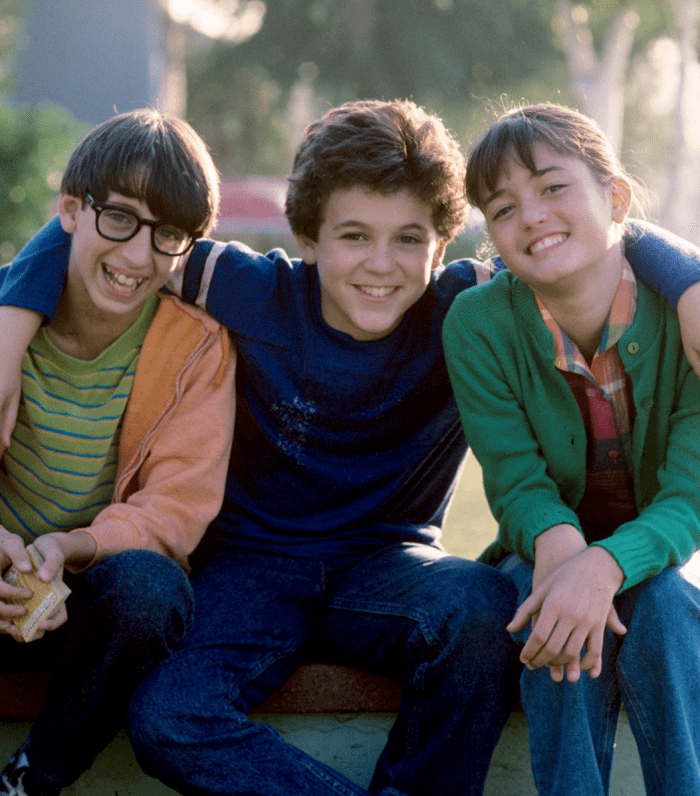
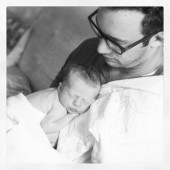
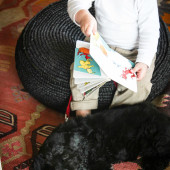
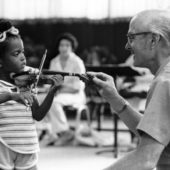
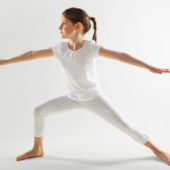
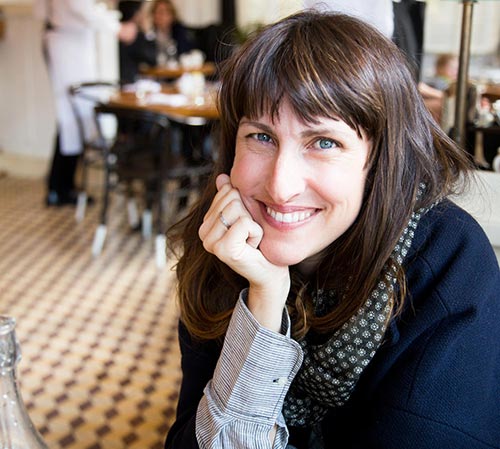




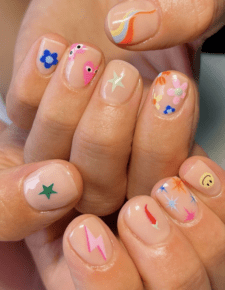
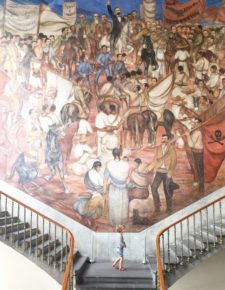



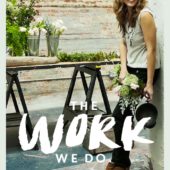

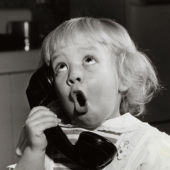


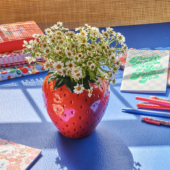


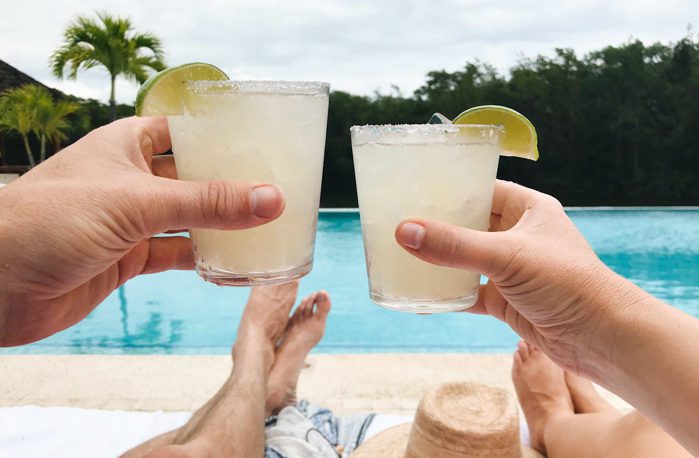




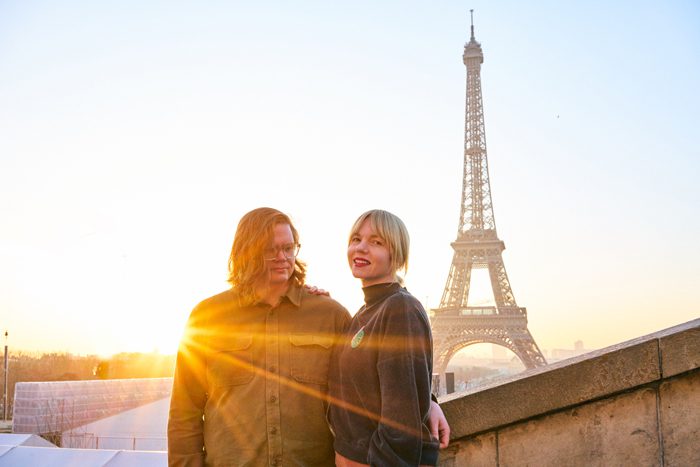
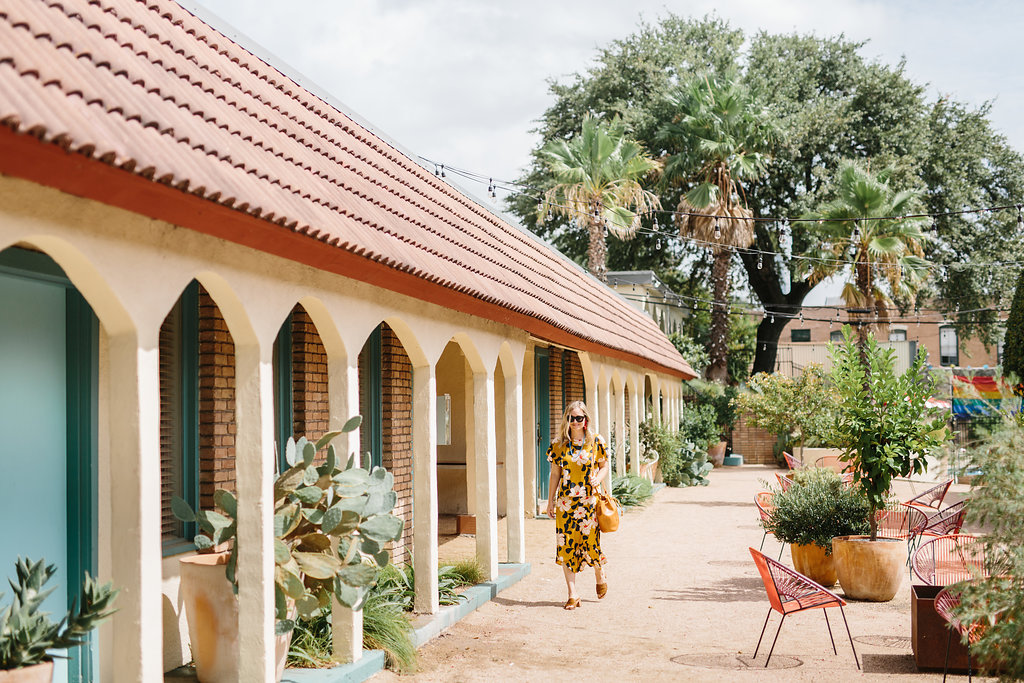
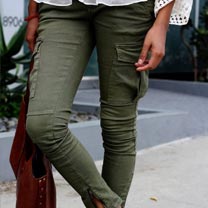





18 Comments